Home>Home Appliances>Lighting Appliances>How Many LED Strips Can I Connect Together
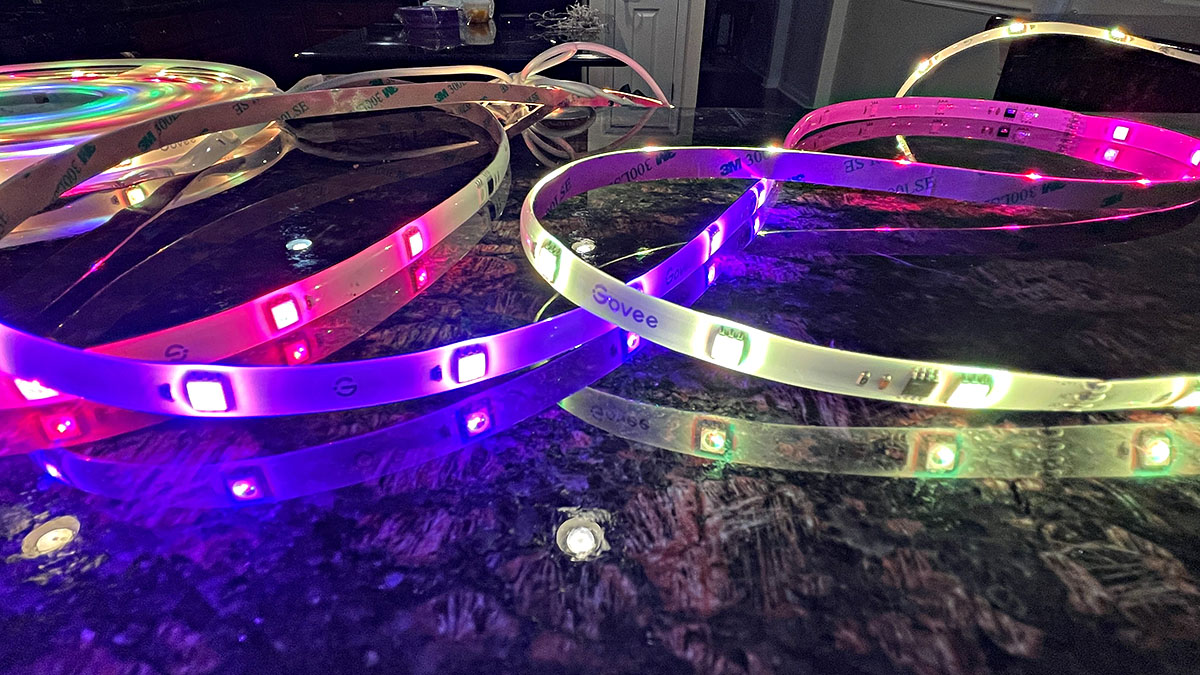

Lighting Appliances
How Many LED Strips Can I Connect Together
Modified: January 3, 2024
Discover how to connect multiple LED strips for your lighting appliances. Learn the best practices for linking LED strips together for optimal illumination. Gain insights on maximizing the number of LED strips connected.
(Many of the links in this article redirect to a specific reviewed product. Your purchase of these products through affiliate links helps to generate commission for Storables.com, at no extra cost. Learn more)
Introduction
So, you've decided to add some lighting ambiance to your space, and you're considering using LED strips to achieve that perfect glow. LED strips are a fantastic choice for adding stylish and functional lighting to various areas, from under-cabinet lighting in the kitchen to accent lighting in the living room. However, before you dive in and start connecting a multitude of LED strips together, there are a few important factors to consider.
In this comprehensive guide, we'll delve into the technical aspects of connecting LED strips, providing essential insights into voltage, current, and the critical considerations for ensuring a successful and safe installation. Whether you're a seasoned DIY enthusiast or a novice looking to embark on your first lighting project, this article will equip you with the knowledge needed to make informed decisions when connecting LED strips. Let's illuminate the path to understanding the intricacies of LED strip connections and unleash the potential for creating stunning lighting designs.
Key Takeaways:
- When connecting LED strips, consider voltage drop and power supply capacity to ensure consistent brightness and prevent overheating. Understanding these technical aspects is crucial for a successful and safe installation.
- Calculating the total LED strip length involves precise measurements and considering layout, LED strip specifications, and voltage drop. This meticulous approach sets the foundation for a visually striking lighting installation.
Read more: How To Connect Merkury LED Strips Together
Understanding LED Strip Voltage and Current
Before delving into the specifics of connecting multiple LED strips, it’s crucial to grasp the fundamental principles of voltage and current as they relate to LED lighting. LED strips operate on low voltage, typically 12 volts or 24 volts, making them safe and energy-efficient options for various lighting applications. Understanding the voltage requirements of LED strips is essential for ensuring proper functionality and longevity.
When connecting LED strips, it’s imperative to consider the voltage drop that occurs as the strips are linked together. Voltage drop refers to the reduction in voltage along the length of the LED strip, which can result in dimmer lighting towards the end of a lengthy installation. To mitigate voltage drop, especially in longer runs of LED strips, it’s advisable to use a power supply with an appropriate voltage output and to employ additional power injection points as needed.
Additionally, comprehending the current requirements of LED strips is vital for preventing overloading and ensuring stable operation. LED strips have specific current ratings, typically measured in amps per meter, which indicate the maximum current they can handle without overheating or experiencing performance issues. Exceeding the recommended current can lead to diminished brightness, increased heat generation, and potential damage to the LED strips and associated components.
By familiarizing yourself with the voltage and current specifications of LED strips, you can effectively plan and execute the connection of multiple strips while maintaining optimal performance and minimizing potential issues. This foundational knowledge forms the basis for a successful and reliable LED lighting installation, empowering you to create captivating lighting arrangements with confidence and precision.
Factors to Consider When Connecting LED Strips
When embarking on a project that involves connecting multiple LED strips, several critical factors should be taken into account to ensure a seamless and effective installation. By carefully considering these aspects, you can optimize the performance, longevity, and safety of your LED lighting setup.
- Power Supply Capacity: One of the primary considerations when connecting LED strips is the capacity of the power supply. It’s essential to select a power supply with adequate wattage to accommodate the total power consumption of all connected LED strips. Calculating the total wattage requirement based on the length and specifications of the LED strips is crucial for preventing power supply overload and maintaining consistent brightness across the installation.
- Heat Dissipation: LED strips generate heat, especially when operated at higher brightness levels or in enclosed spaces. Proper heat dissipation measures, such as using aluminum channels or heat sinks, should be implemented to prevent overheating and ensure the longevity of the LED strips. Adequate ventilation and thermal management contribute to the overall reliability of the lighting system.
- Voltage Drop Compensation: Mitigating voltage drop is essential, particularly in longer LED strip installations. Incorporating additional power injection points, using thicker gauge wires for extended runs, and strategically placing the power supply can effectively compensate for voltage drop, resulting in uniform brightness throughout the connected LED strips.
- Environmental Conditions: Assessing the environmental conditions where the LED strips will be installed is crucial for selecting the appropriate type of LED strips. Factors such as moisture resistance, UV exposure, and temperature range compatibility should be considered to ensure the longevity and reliability of the lighting system in its designated environment.
- Controller Compatibility: If the LED strips are equipped with color-changing or dynamic lighting capabilities, compatibility with the chosen controller should be verified. Ensuring that the controller can effectively manage the combined load of the connected LED strips and provide the desired lighting effects is essential for a cohesive and synchronized lighting experience.
By carefully evaluating and addressing these factors, you can navigate the intricacies of connecting LED strips with confidence and precision, ultimately creating a well-engineered and visually captivating lighting installation that enhances the ambiance of any space.
When connecting LED strips together, make sure to check the maximum wattage and voltage that the power supply can handle. It’s important to not exceed these limits to avoid damaging the LED strips or the power supply.
Calculating the Total LED Strip Length
Accurately determining the total length of LED strips required for a lighting project is a pivotal step in the planning process. Whether illuminating a specific area or creating an extensive lighting arrangement, calculating the total LED strip length involves several considerations to ensure a well-proportioned and visually appealing result.
Area to be Illuminated: Begin by defining the area or specific elements within the space that require illumination. Whether it’s under-cabinet lighting in the kitchen, accent lighting along a staircase, or ambient lighting in a recreational area, identifying the precise locations where LED strips will be installed provides a clear starting point for determining the required length.
Measurement and Layout: Take accurate measurements of the installation locations to ascertain the linear length of LED strips needed. Consider the layout and configuration of the space to determine the most efficient and aesthetically pleasing placement of the LED strips. Factor in any corners, turns, or customized patterns to ensure a cohesive and seamless lighting design.
LED Strip Specifications: Refer to the specifications of the chosen LED strips, particularly the LED density per meter and the cut intervals. The LED density, typically expressed as LEDs per meter, influences the brightness and uniformity of the lighting, while the cut intervals determine the flexibility in customizing the length of the LED strips to fit the installation areas precisely.
Allowance for Voltage Drop: When connecting multiple LED strips, it’s essential to account for voltage drop, especially in longer runs. By factoring in the voltage drop and selecting an appropriate power supply and wiring configuration, you can ensure consistent brightness and performance across the entire length of the LED strips.
Contingency and Customization: Incorporate a margin for contingency and customization based on the specific requirements of the installation. Having additional LED strip length allows for flexibility in accommodating unexpected design alterations or fine-tuning the lighting layout to achieve the desired visual impact.
By methodically considering these elements and leveraging precise measurements and technical specifications, you can accurately calculate the total LED strip length required for your lighting project. This meticulous approach sets the foundation for a well-executed and visually striking LED lighting installation that seamlessly integrates with its surroundings, elevating the ambiance and functionality of the space.
Conclusion
As you venture into the realm of connecting LED strips to create captivating lighting installations, it’s essential to approach the process with a blend of technical acumen and creative vision. Understanding the intricacies of LED strip voltage and current, considering critical factors when connecting LED strips, and accurately calculating the total LED strip length are pivotal steps in achieving a successful and visually compelling lighting arrangement.
By comprehending the voltage and current requirements of LED strips, you can navigate the complexities of power supply selection, voltage drop compensation, and heat dissipation, ensuring the optimal performance and longevity of the lighting system. Carefully evaluating factors such as power supply capacity, heat dissipation, voltage drop compensation, environmental conditions, and controller compatibility empowers you to orchestrate a well-engineered and reliable LED lighting setup that seamlessly integrates with its environment.
Calculating the total LED strip length with precision involves meticulous measurements, thoughtful layout considerations, and a thorough understanding of LED strip specifications and voltage drop implications. By methodically assessing the area to be illuminated, taking accurate measurements, and factoring in voltage drop and customization allowances, you can tailor the LED strip length to suit the specific requirements of the installation, resulting in a harmonious and visually captivating lighting design.
Armed with this comprehensive knowledge and a keen eye for detail, you are poised to embark on your LED lighting journey with confidence and creativity. Whether you’re adorning your living space with subtle ambient lighting or crafting an immersive visual experience, the insights and considerations outlined in this guide will serve as valuable resources in your quest to connect LED strips and illuminate your surroundings with brilliance and allure.
Embrace the fusion of technical expertise and artistic expression as you embark on your LED lighting endeavors, and let your imagination illuminate the path to creating mesmerizing and functional lighting designs that elevate the ambiance and allure of any space.
Frequently Asked Questions about How Many LED Strips Can I Connect Together
Was this page helpful?
At Storables.com, we guarantee accurate and reliable information. Our content, validated by Expert Board Contributors, is crafted following stringent Editorial Policies. We're committed to providing you with well-researched, expert-backed insights for all your informational needs.
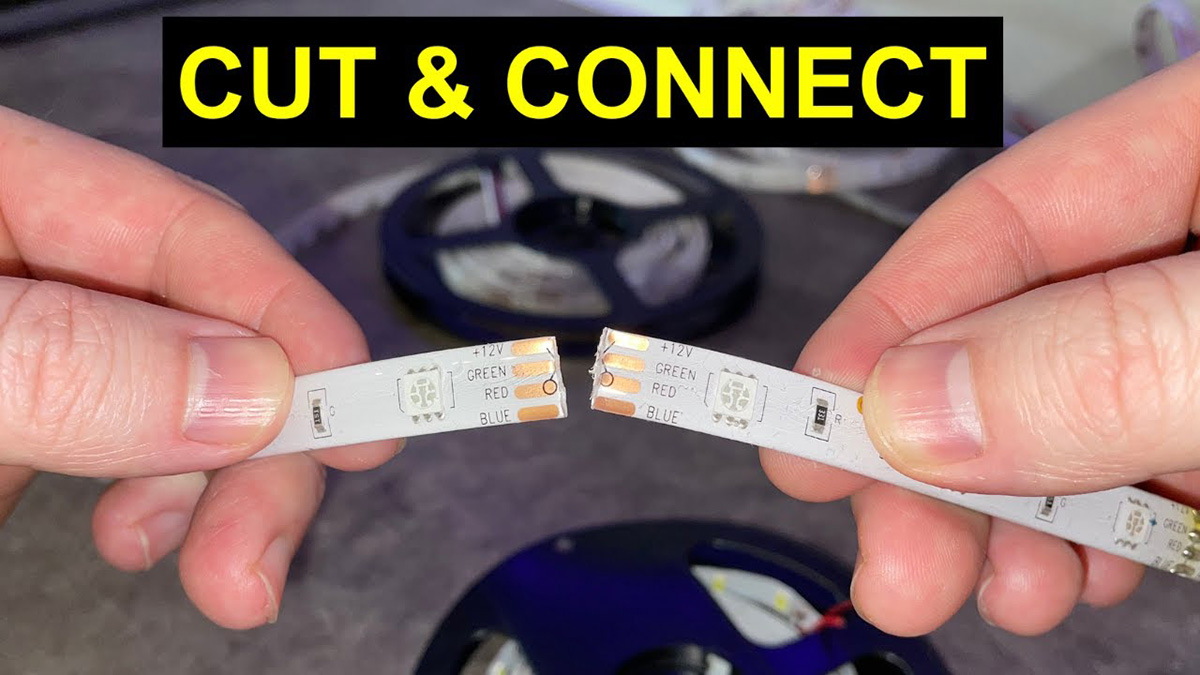
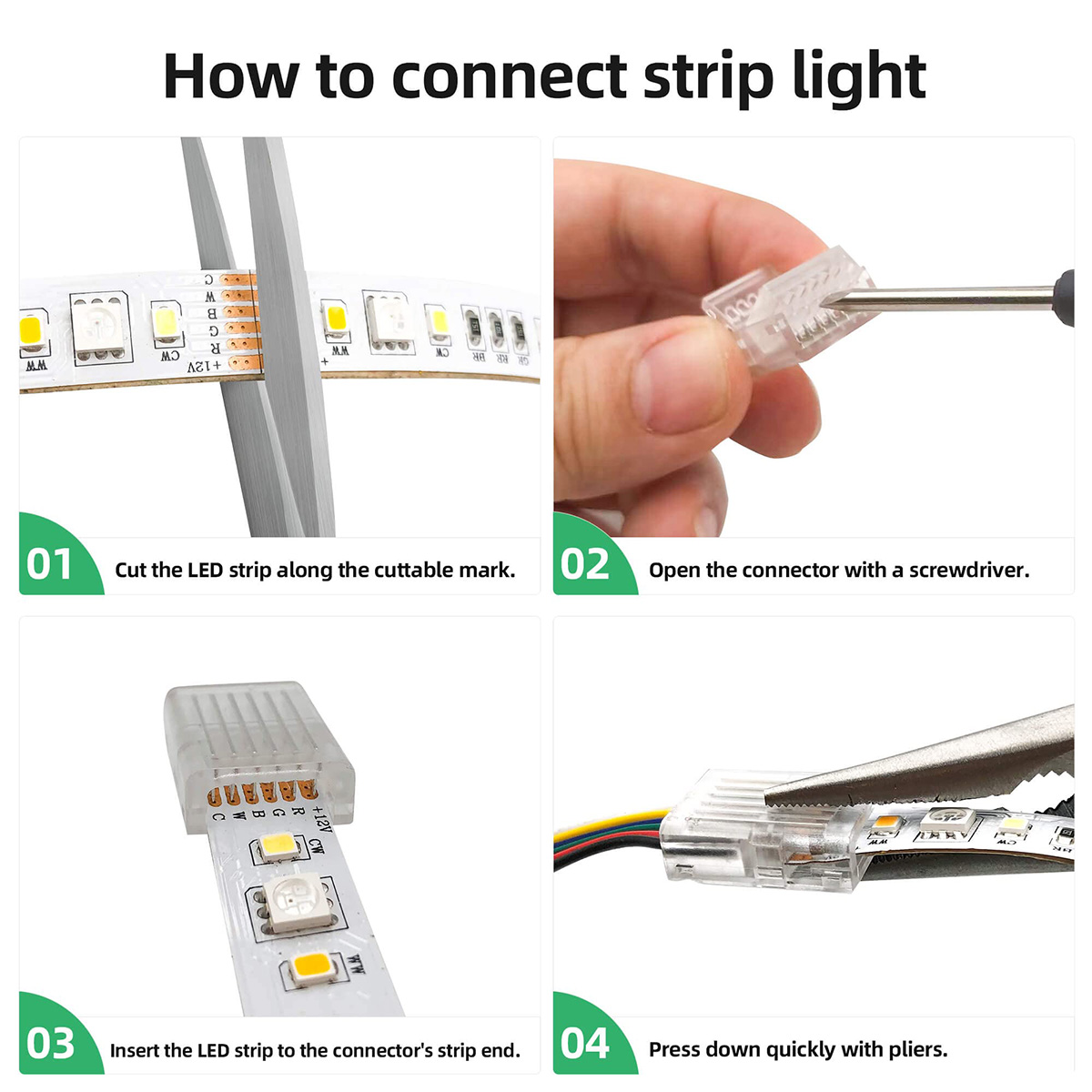
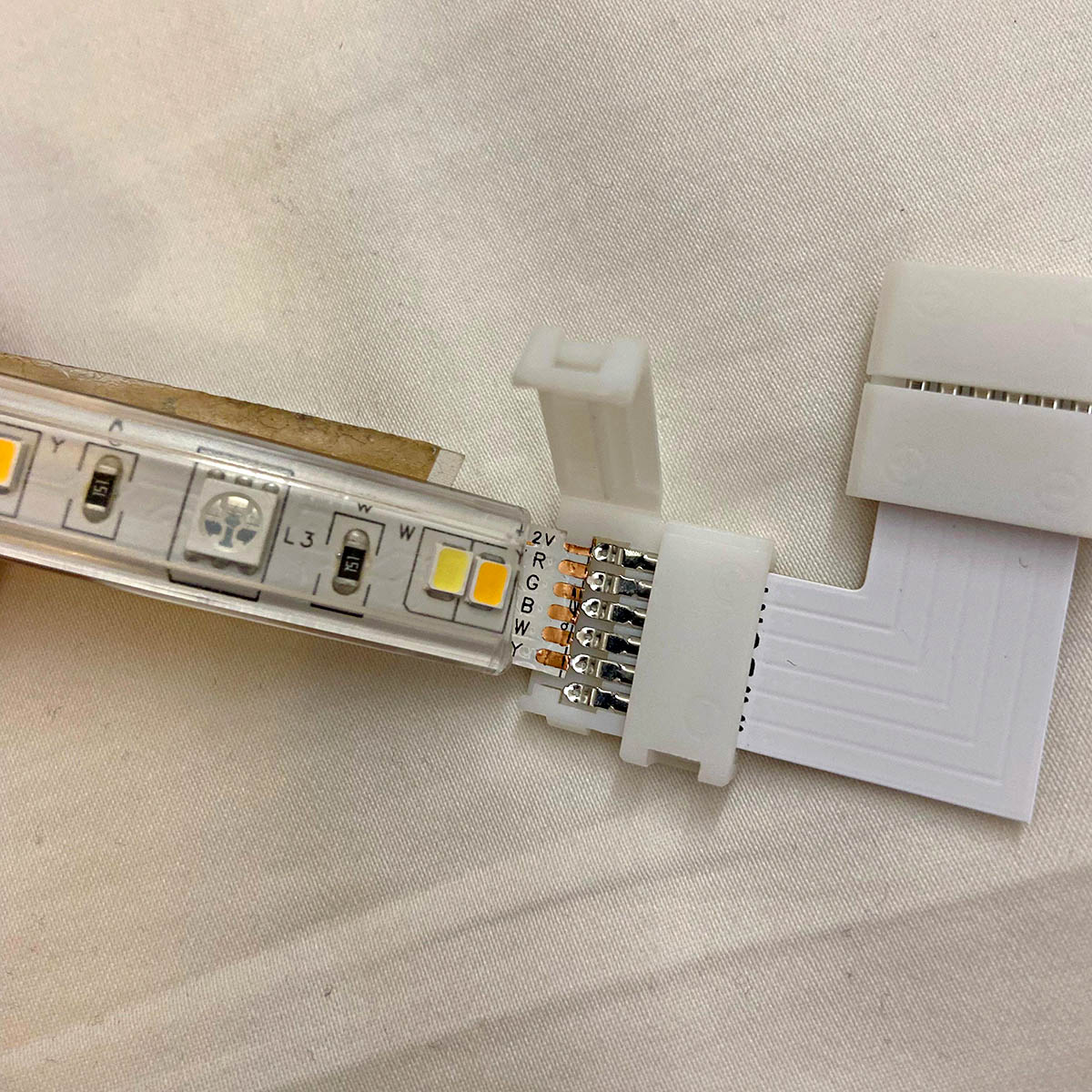
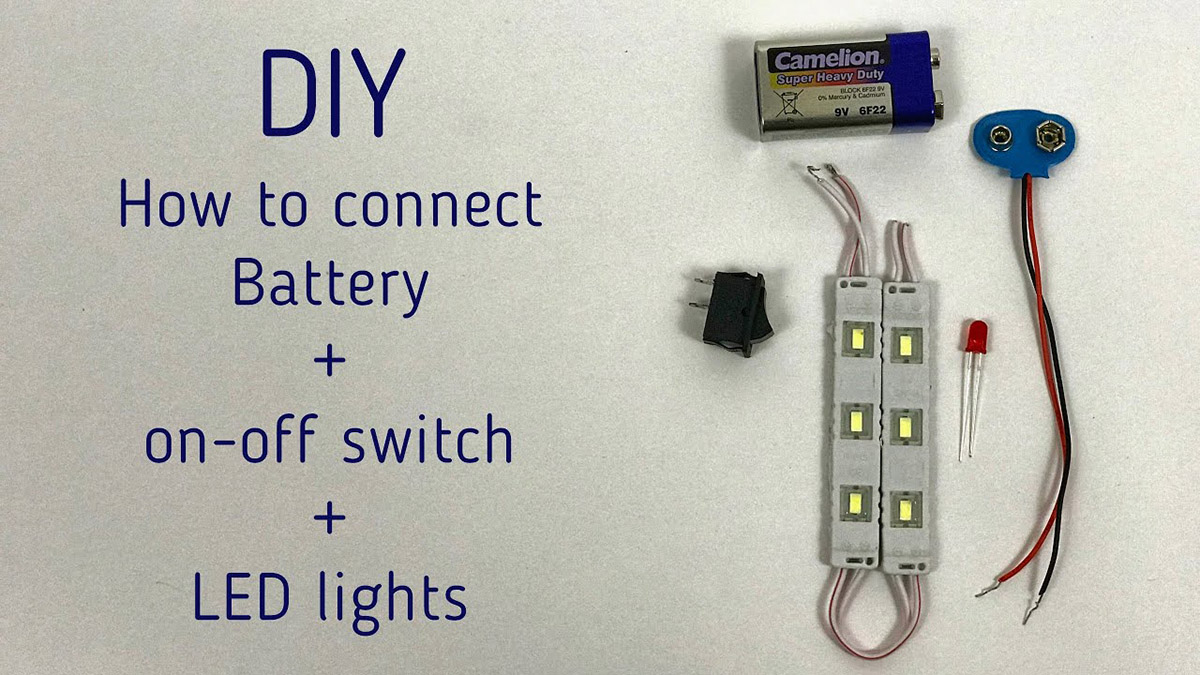
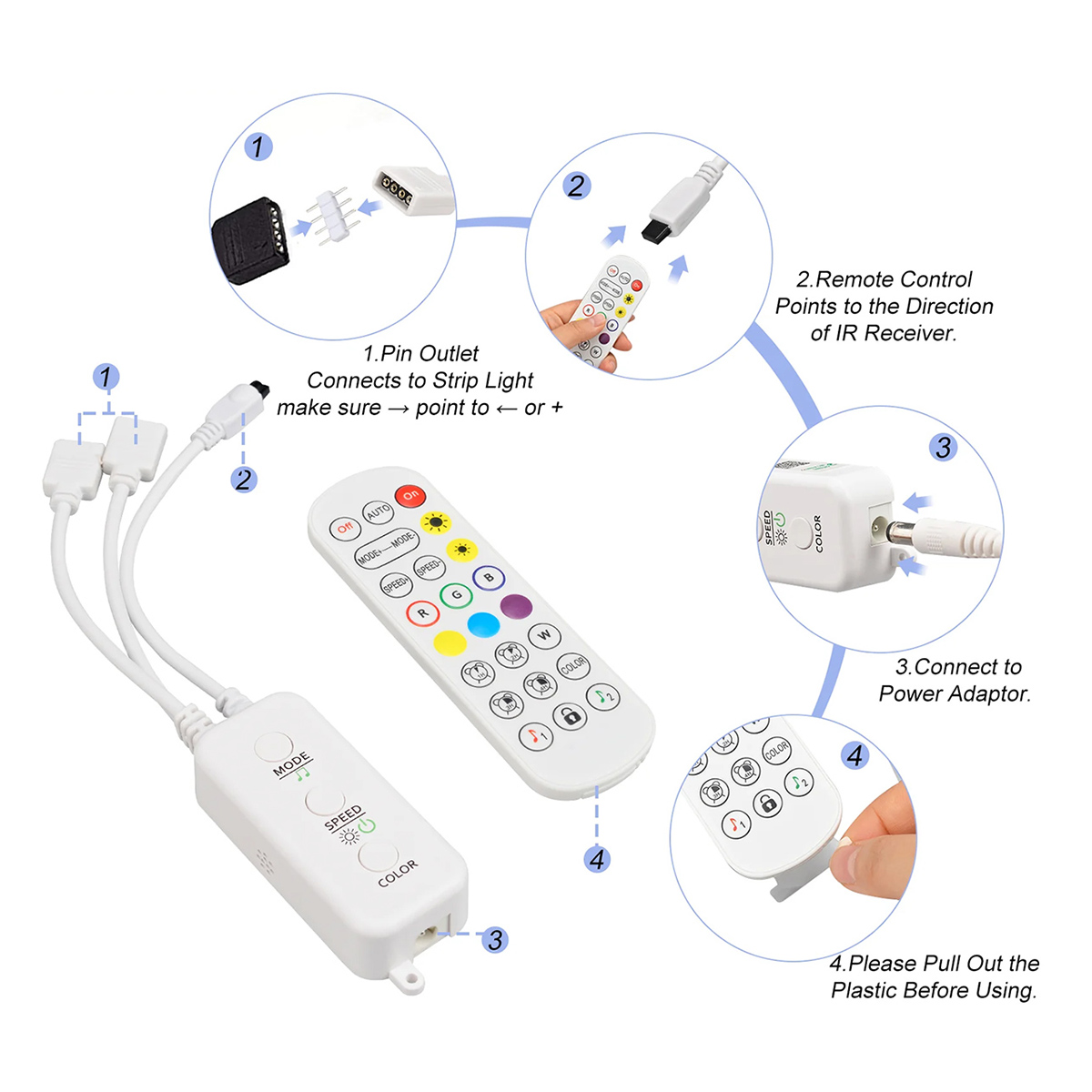
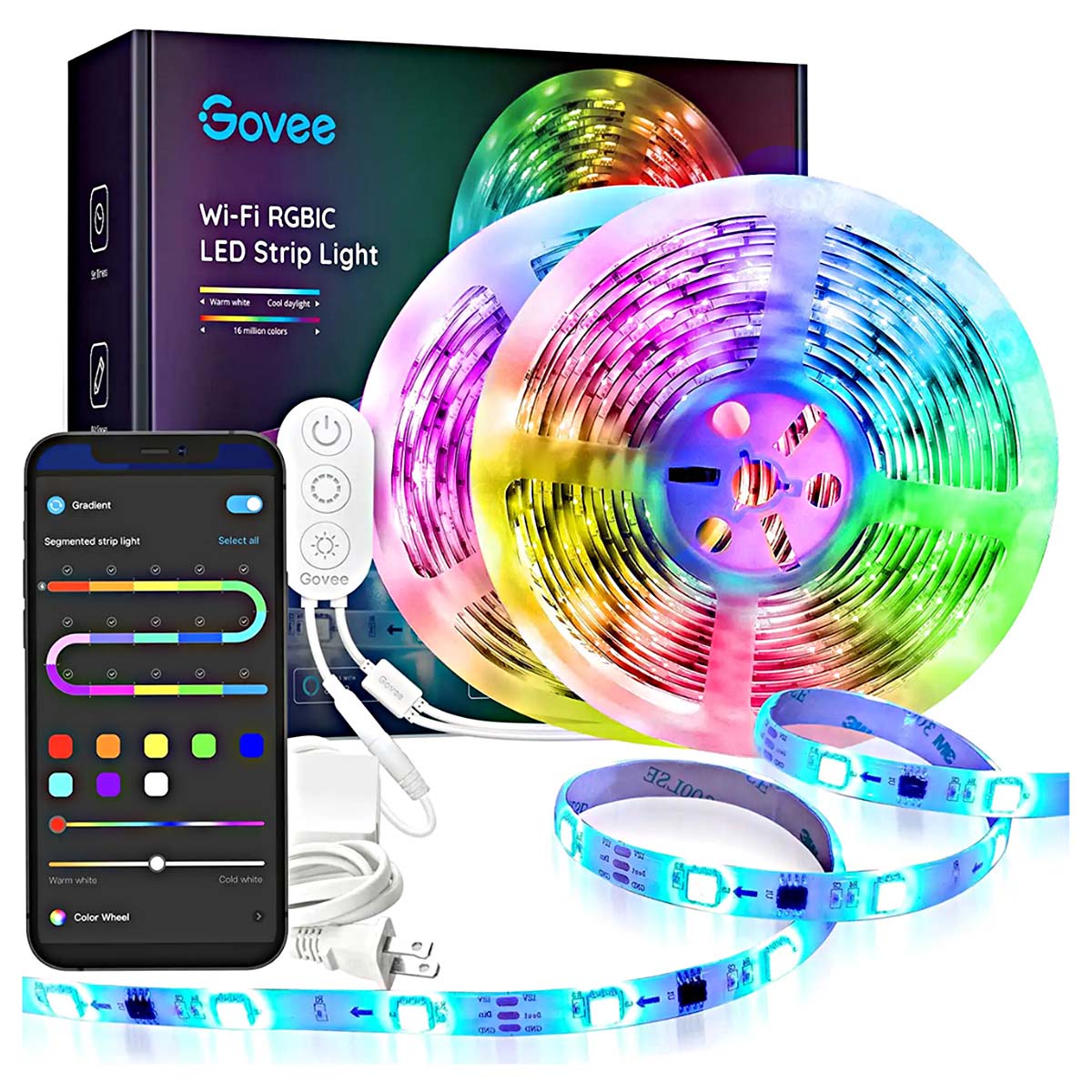
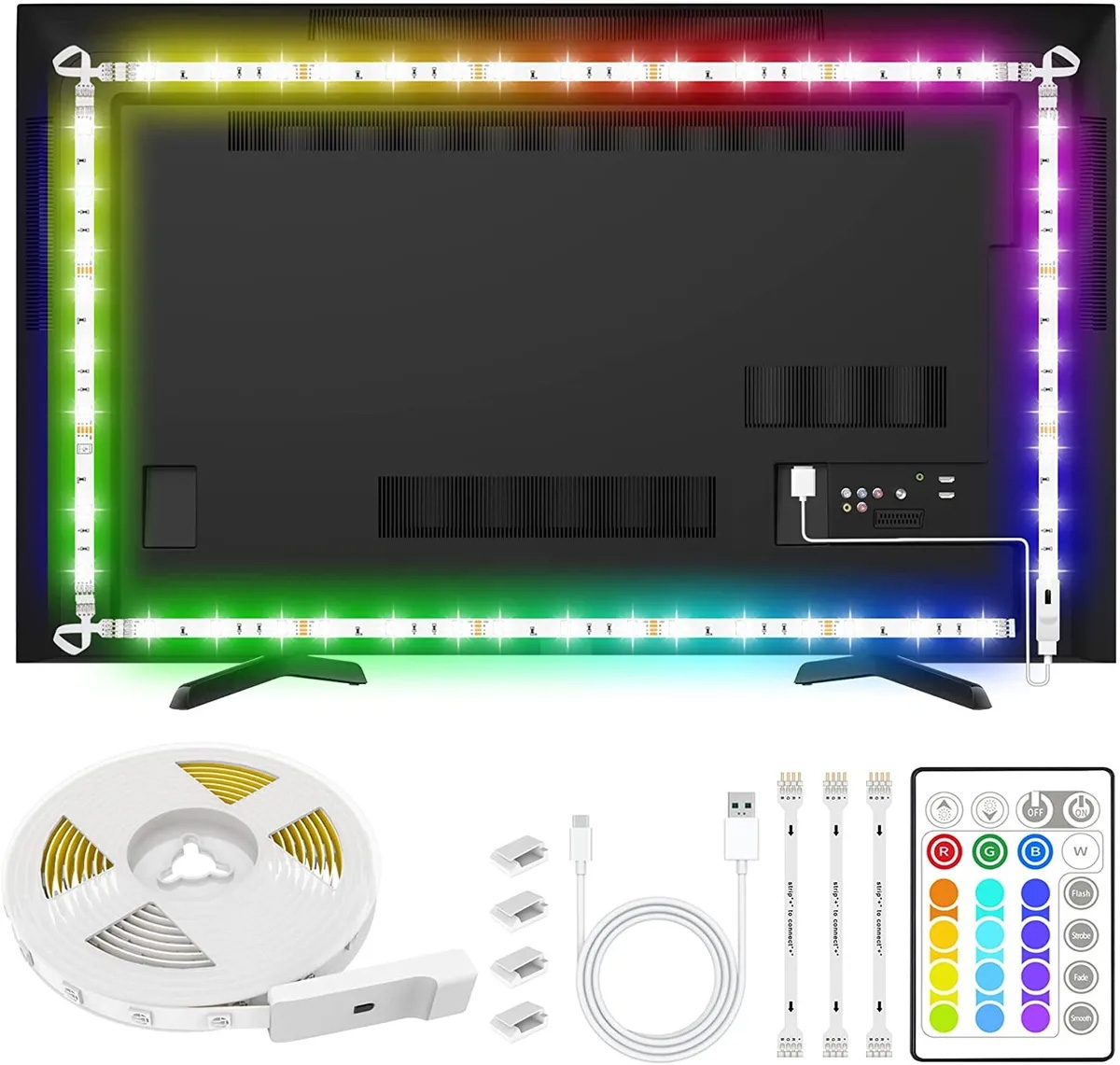
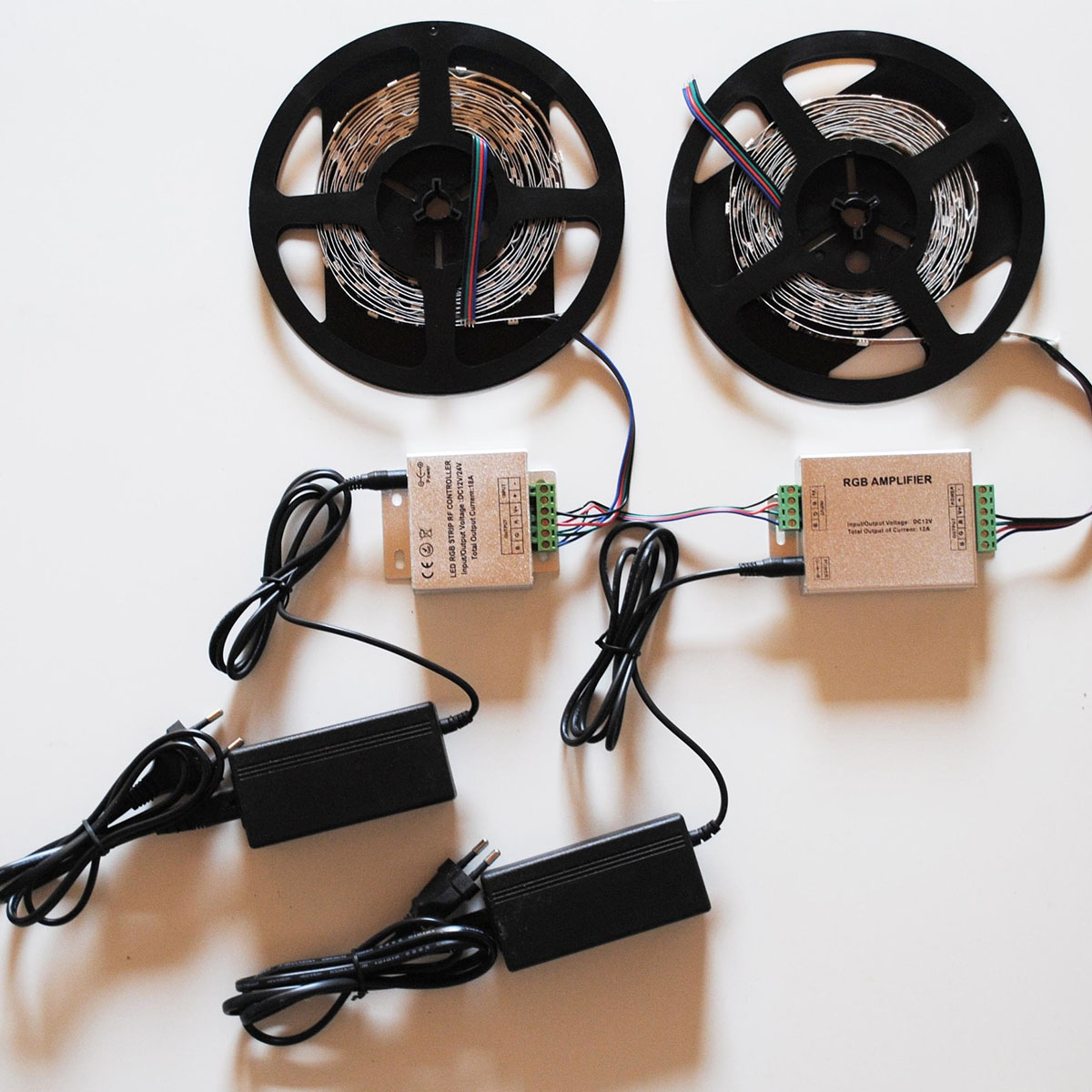
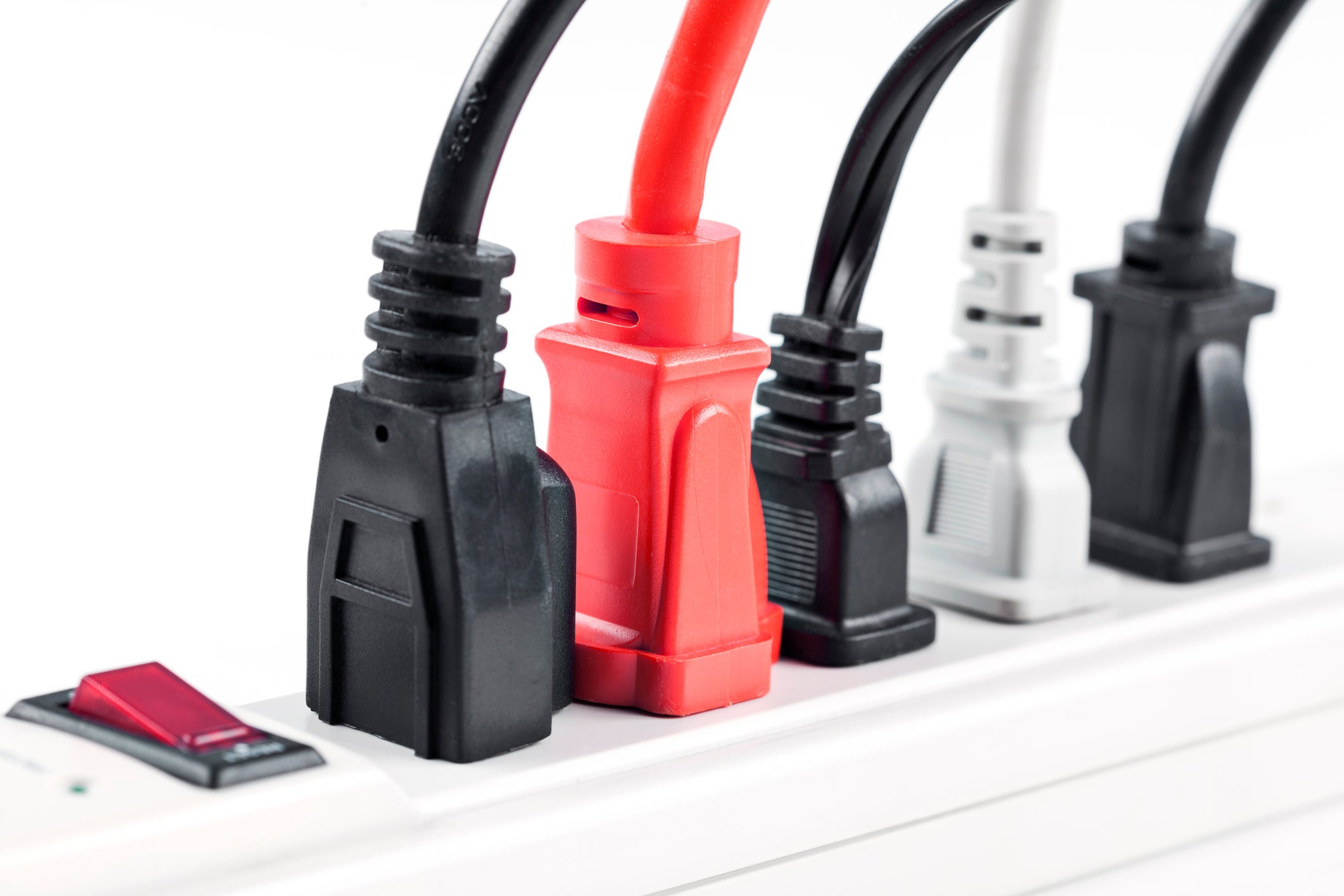
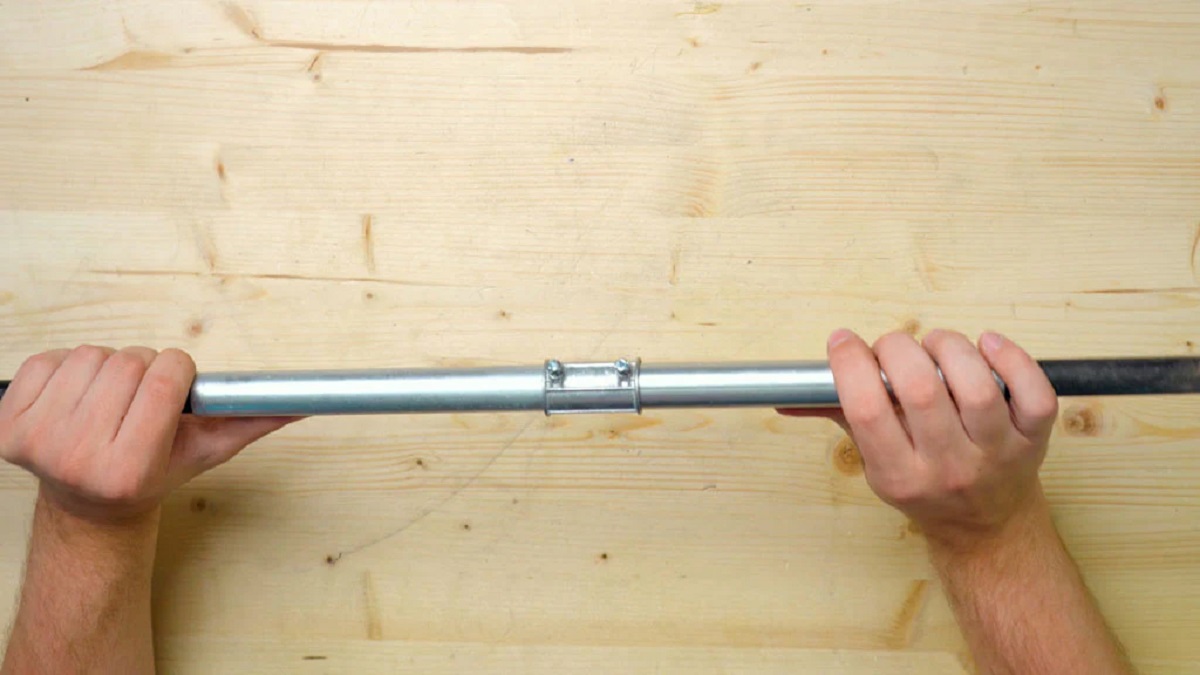
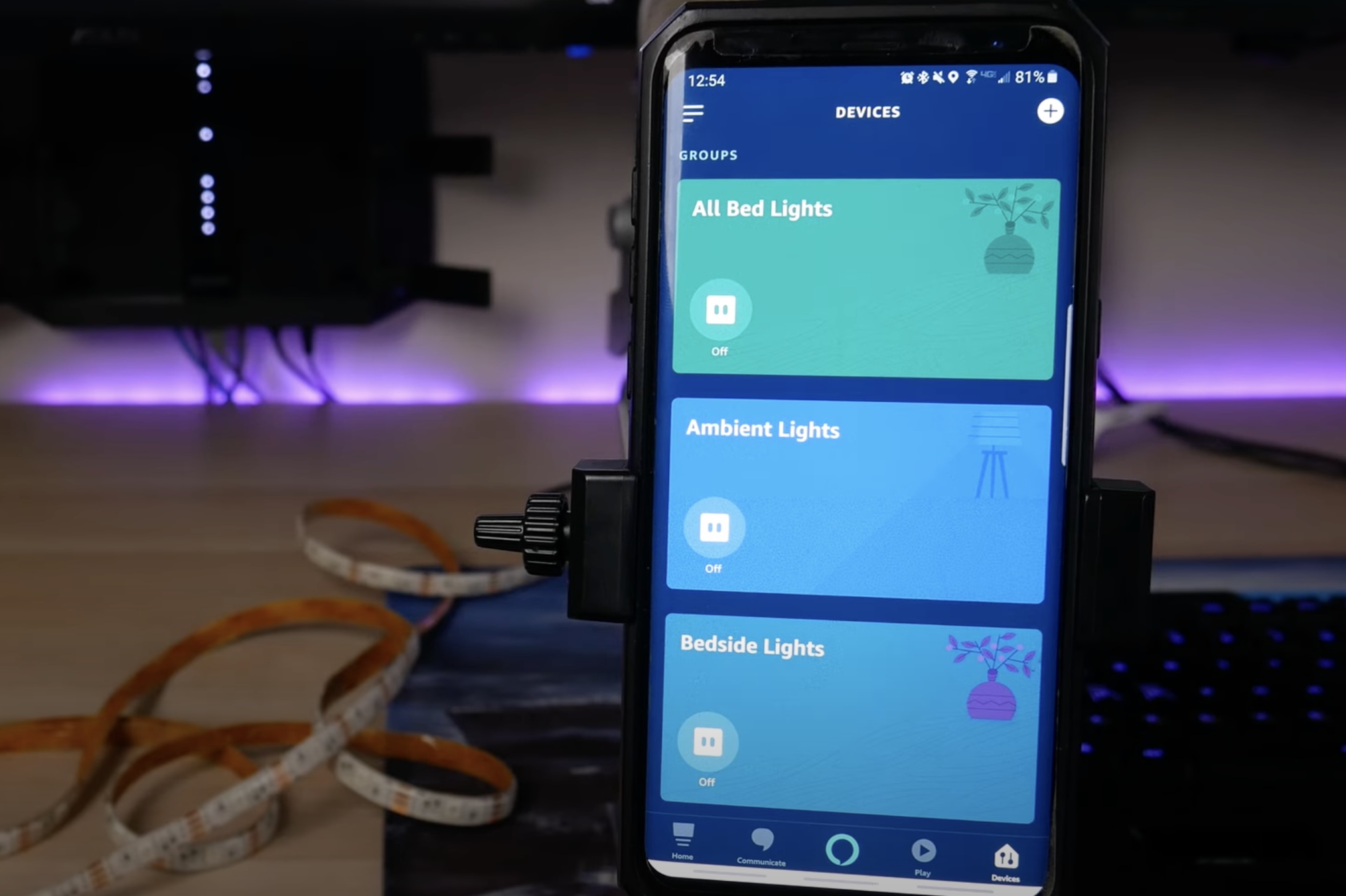
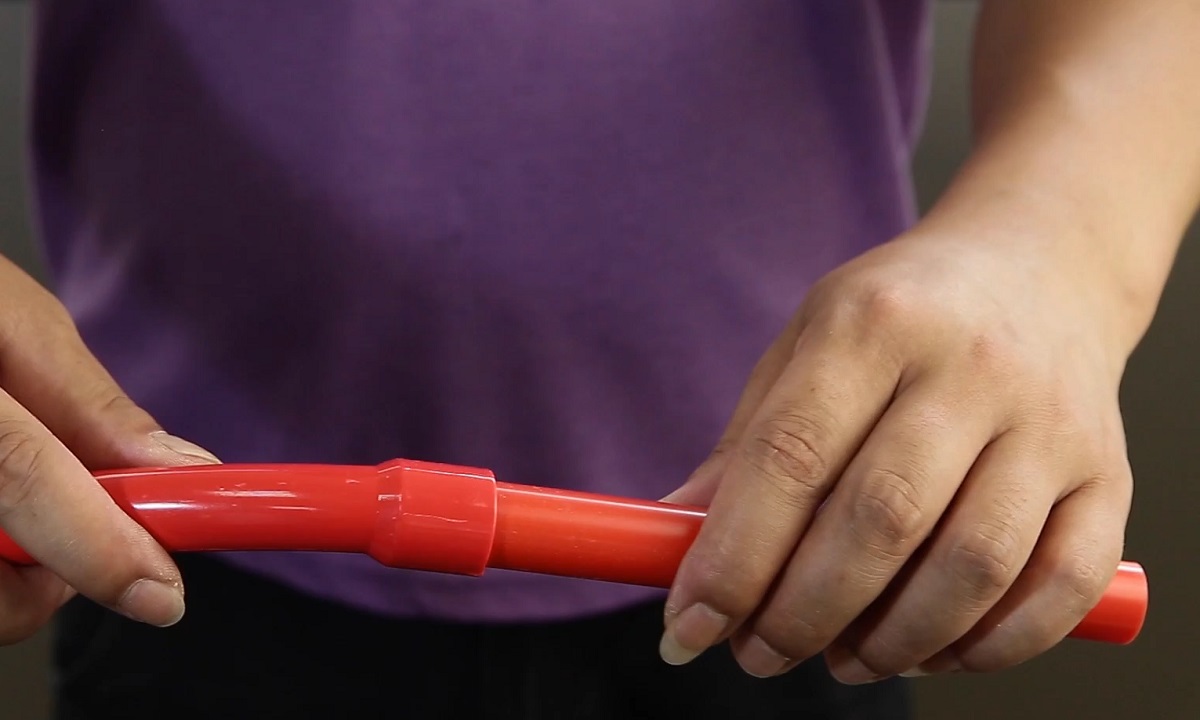
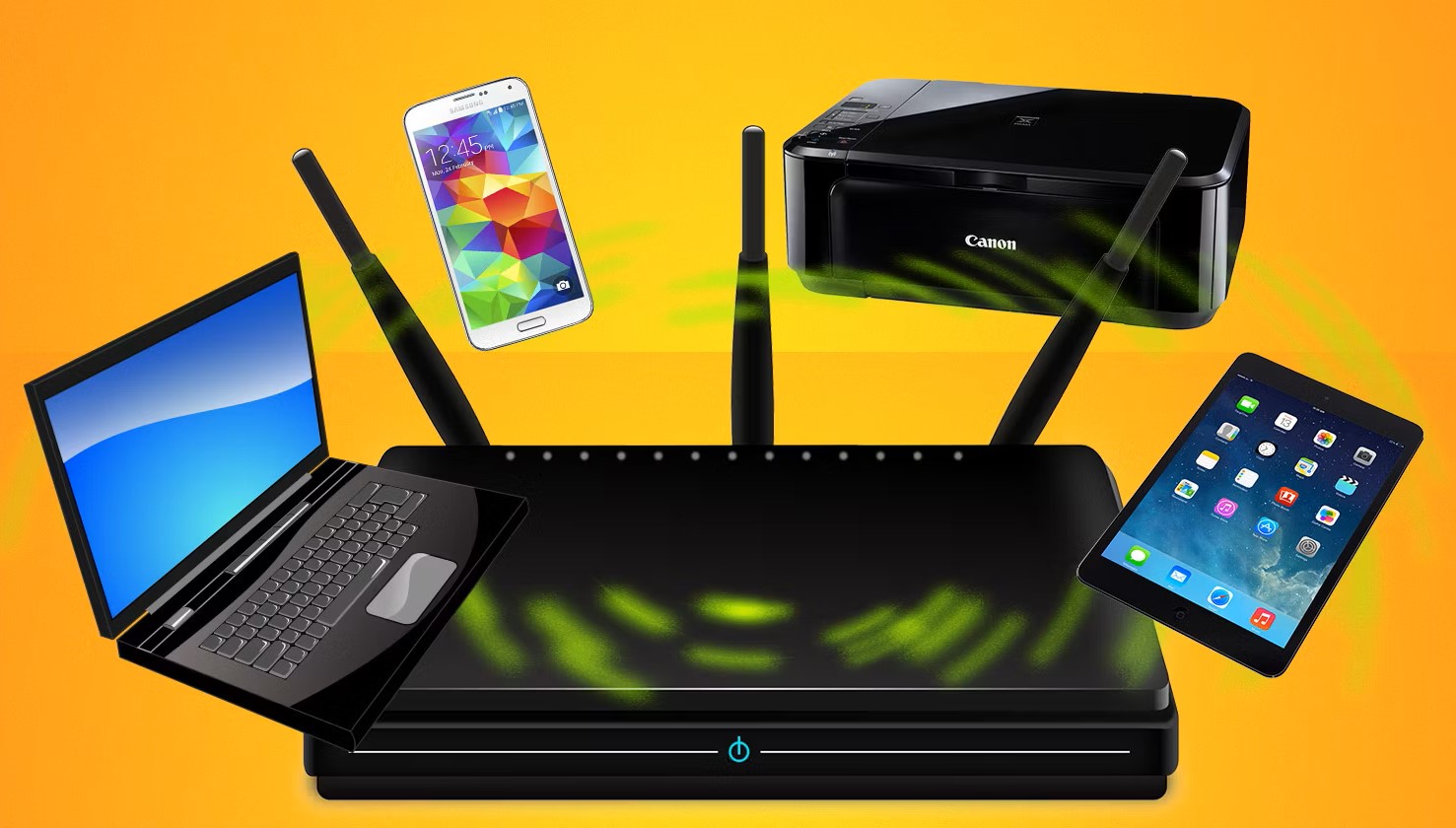
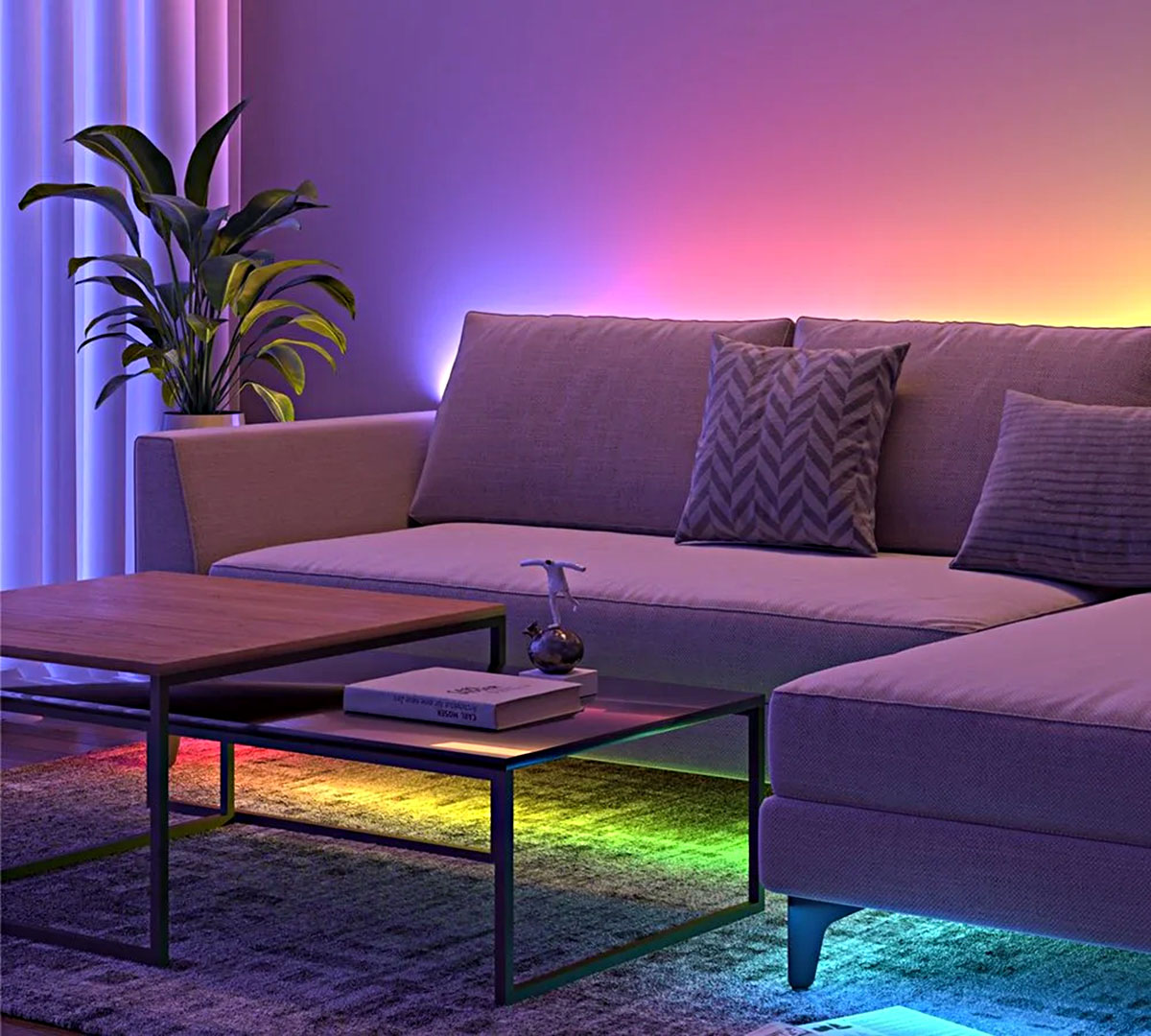
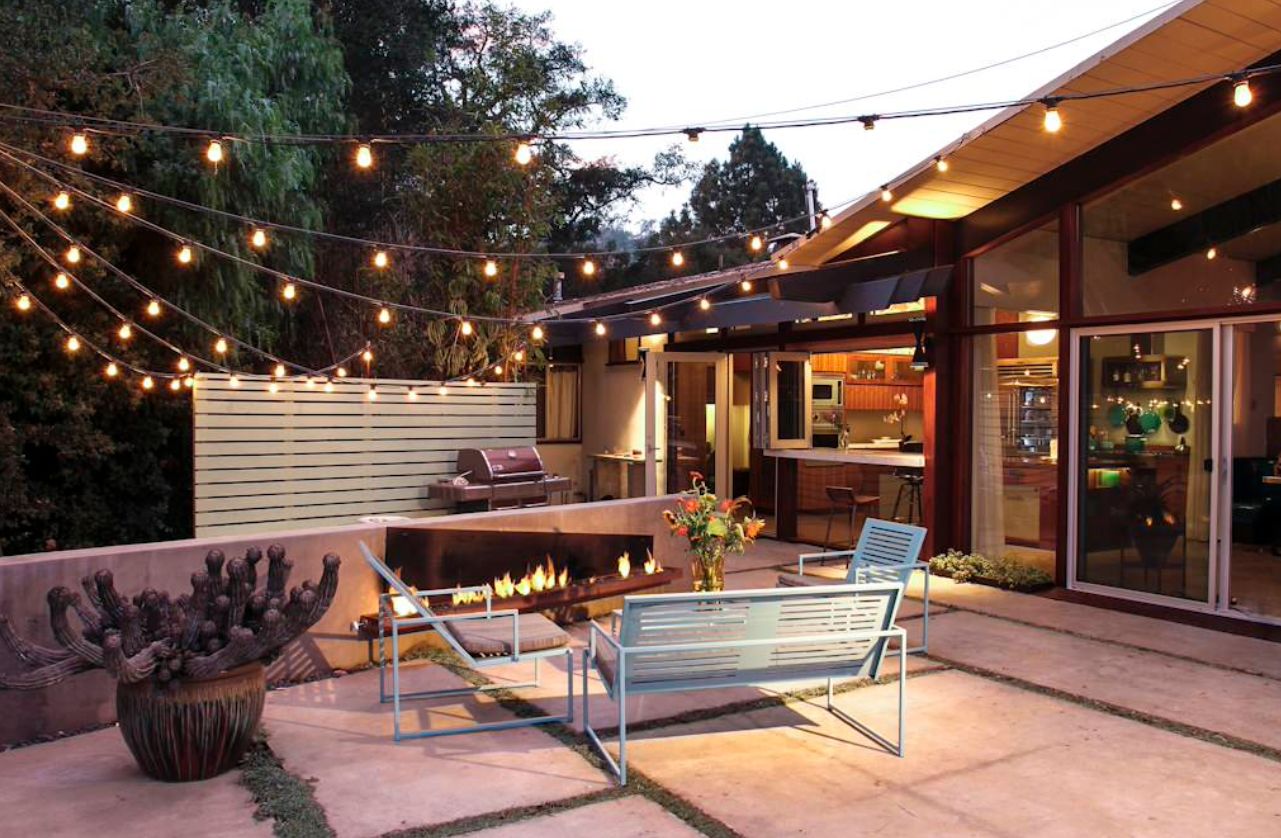

0 thoughts on “How Many LED Strips Can I Connect Together”